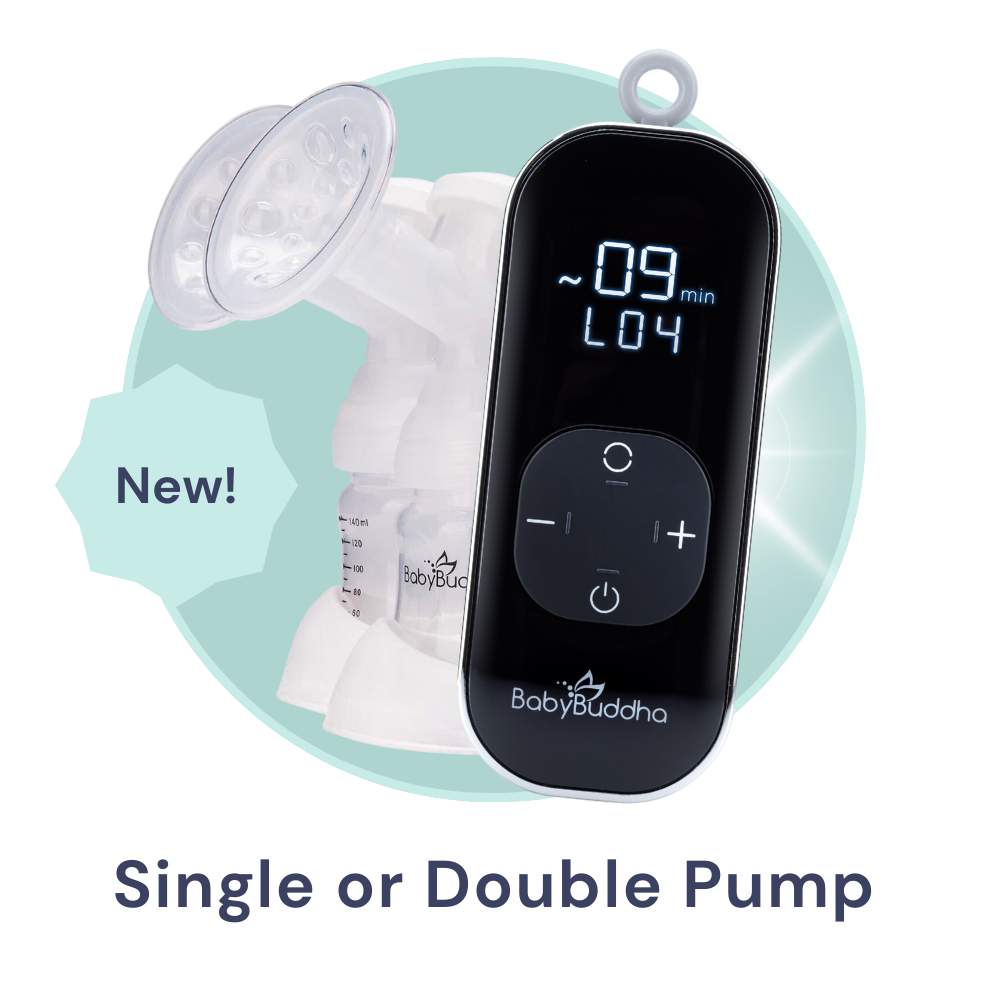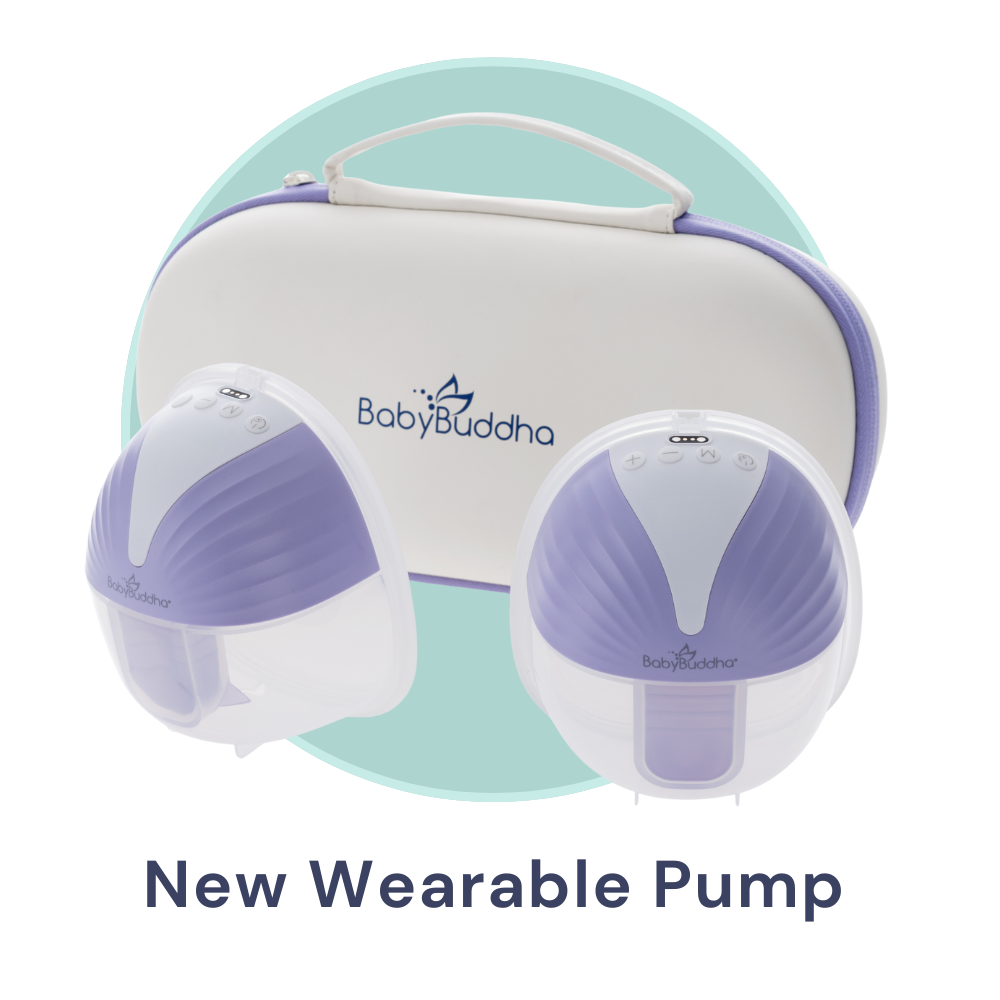Did you know that breast pump parts need to be replaced frequently? Get the need to know facts in this guide for new mothers.
It's no secret that breastfeeding has an endless list of benefits. A breast pump can be the secret weapon that makes your breastfeeding journey a breeze.
However, many new moms don't know that their beloved breast pumps have to be regularly maintained. When the parts of breast pumps get worn out, your machine pumps less effectively. If you don't replace your breast pump parts, you'll get frustrated with ineffective pumping.
Not only that, but old breast pump parts are prone to cracks and breakage. This leads to milk leaks that can cause safety concerns with your breast milk.
Don't worry: learning when to replace breast pump parts is easy. Keep reading to learn everything you need to know to keep your pump parts clean and safe.
Duckbill Valves
Replacement: Every 4-5 Weeks - Duckbill Valves
One of the most common problems with breast pumps is poor suction.
If your breast pump machine isn't working as well as it used to, it's probably time to replace one of the parts that causes the vacuum suction.
Start by looking at the duckbill valve. It's the part most responsible for giving good suction. It's a small nozzle-like piece with a triangular point.
When it's working properly, the duckbill valve lets milk flow down the pump without allowing air to flow back up. When it gets stretched or worn, though, it won't provide a good seal. The result is weak or no suction from your breast pump.
Check your duckbill valve for damage if you notice:
- Your breast pump doesn't have as much suction as it used to
- It's taking longer to empty your breasts when you pump
- Your breasts don't get as empty as they should after pumping
To keep your breast pump working properly, replace your duckbill valve every 4-5 weeks. However, if you are having suction problems with your machine, you might need to replace it sooner.
Diaphragms
Replacement: Every 8-9 Weeks - Diaphragms
Diaphragms (also known as backflow protectors) keep milk and air from flowing back up the tubing. They prevent milk from getting into the breast pump motor and also keep your tubing as clean as possible.
Because diaphragms do such an important job, they are the most important types of breast pump parts to replace. When silicone diaphragms get old and damaged, they might let milk leak upwards. This not only damages your breast pump motor but compromises the quality of your milk too.
Replace your silicone diaphragm every 8-9 weeks. It's crucial to replace it frequently especially if you use your pump multiple times per day.
Your diaphragm may last a little longer if you are not using your pump every day. However, since it's crucial to the lifespan of your whole breast pump unit, don't try to wait too long to replace it.
Tubing
Replacement: Every 6-12 Months - Tubing
When it comes to tubing, you'll have to examine your breast pump to see what type of system you have. There are two different types of tubing systems.
If your breast pump tubing connects directly to the machine, you have an open system. On the other hand, if your machine has a barrier between the milk and the machine, you have a closed breast milk system.
Because closed breast pump systems have an additional layer of protection, it's less likely that the milk will leak. Closed systems also make it less likely for contaminants to get into your breast milk through cracks in the tubing.
Open breast pump systems don't have a protective layer, which means that they're more prone to leaking and letting contaminants in. They also wear faster because they don't have as much protection.
As a rule, you should replace your tubing every 6-12 months. However, you should check the condition of your tubing frequently. Replace it as soon as you notice wear and tear, such as:
- Mold in the tubing (which can cause dangerous diseases to your baby)
- Dirt or discoloration that doesn't come out when you wash it
- Cracks or breakage
Tubing can be hard to clean, but any dirt or contamination in the tubes will go directly into the baby's milk. Replace your tubing right away to keep your breast milk safe for your baby.
Flanges
Replacement: Every 6-12 Months - Flanges
Flanges are the part of the breast pump that attaches to your breast. They are funnel-shaped and usually made of hard plastic or silicone. You might also hear them called "breast shields."
Over time, flanges can develop cracks where milk can get stuck and dry out. Cracked plastic can be hard to clean and harbor bacteria that gets into your breastmilk.
As well, flanges' shape can warp when they get old. A misshapen flange will not fit your breast as well, so it won't apply effective suction. Not only will it pump less milk, but it can pinch your breast and be uncomfortable or even painful to use.
Replace breast pump flanges every 6-12 months. You can extend the life of your flange by cleaning it thoroughly after each use. However, even a well-cared-for flange will need to be replaced after 12 months of use.
Replacing Breast Pump Parts? Now You Know
Breastfeeding is a beautiful journey. However, there's no denying that it comes with a lot of troubleshooting.
With these tips, though, there's no need to be intimidated by your breast pump. Now you know exactly when to replace your breast pump parts. You can know that your breast pump is both safe and effective for your baby, so you can have peace of mind when you pump.
Ready to get your new breast pump parts? Shop our selection of breast pumps and replacement parts today to find everything you need.








